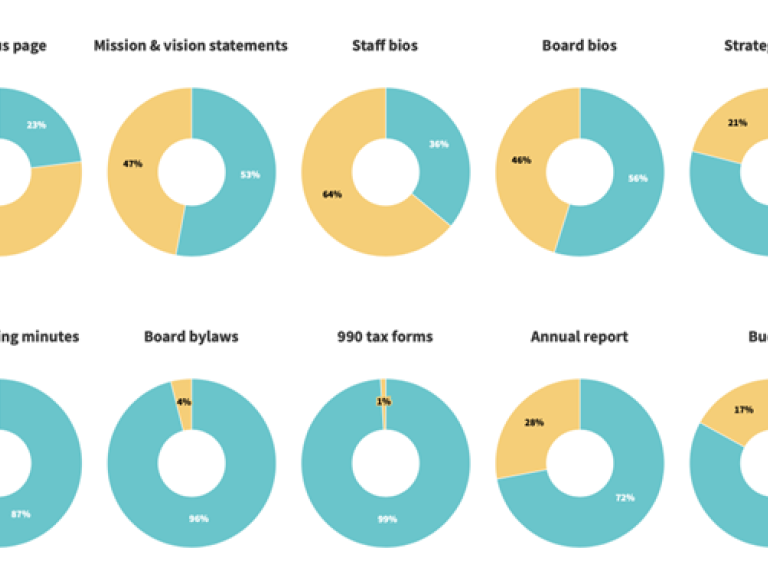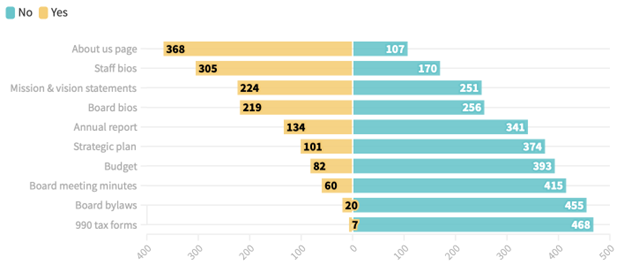
By NYU Student Consultants Natascha Adams, Jinal Dalal, Siyi Li and Aja Selenic
Introduction
We, at Destinations International, are advocating a community focused approach for destination promotion. Based on our Chief Advocacy Officer, Jack Johnson’s keynote speech on “becoming a community shared value” at the Annual Convention in 2019, we have created a community alignment roadmap to build public support around a shared vision for the destination. Transparency is one of the key values identified as a part of that roadmap. This also closely ties in to Finding Our Cornerstone, and analyses how destination organizations can truly ensure that the communities that they represent are being heard through various campaigns.
Transparency means being proactively open to all stakeholders and public scrutiny, and to not hide and conceal important information that the local community should be privy to. It should enable stakeholders to access important information easily in order to seek support and make informed decisions for themselves and for the community regarding destination marketing.
For the purpose for this research, transparency pertains to factors such as the website, office, staff and board member communications, reports, programs and initiatives undertaken etc. Our team conducted a transparency audit by reviewing 480 destination organization websites to gauge and benchmark the availability of current information. Our team evaluated the members’ website transparency on whether they made information available to local residents based on a few basic parameters. The audit regarded information about the destination organization, mission and vision statements, staff and board biographies, strategic plan, board meeting minutes, board bylaws, 990 tax forms, annual reports and budget.
Findings
After reviewing all the websites, we found that the majority of the organizations were following the same pattern with respect to information disclosure. As shown in the below visualizations, most organizations have an “About Us” page, however, some websites only provide information about the destination, not about the people who are involved in the organization. 64% of websites have staff bios, about half of them have board bios and mission & vision statements, but very few destination organizations have strategic plans, board meeting minutes, board bylaws, 990 tax forms, annual reports, and published annual budgets. It is also worth noting that only 1 percent of organizations have published their 990 tax forms on their website, 4% have published board bylaws, and 57 organizations, which is 12% of the total, have no information about their organizations. Moreover, even though some websites did have pages that included this information, it is difficult to find, some are inaccurate or out of date. Visit Colorado Springs was the strongest example of transparency, in that all of the required information was easily found and presented on their website.
It should additionally be noted that although a very small percentage of organizations didn’t have about us page, they had many photos of the actual destination itself. While having very colorful websites is very attractive and eye-catching, it does not represent the team behind the marketing efforts, nor do they often address the local communities involvement.
Essentially, the majority of companies seem to offer more ‘basic’ information quite freely, such as staff and board biographies, or ‘About Us’ pages, however when looking at more tangible documents such as strategic plans, board bylaws, tax documents and annual reports and budgets, they are not nearly as apparent as easy to access.



Conclusion and Recommendations
As can be seen from the above visualizations, there is a clear lack of organizations posting their 990 tax forms, as well as their board by-laws in particular. If we look at examples such as Visit Colorado Springs, by having all of the information audited by our team in a readily available and accessible area on its website, they are making themselves more approachable and understandable to not only potential visitors, but also their local community. This aids in the important steps to create strong bonds not only in the tourism and hospitality sectors, but with other sectors too.
Moving forward, there are certain recommendations that we can suggest to destination organisations to practice in order to better present themselves transparently to not only tourists, but to their local communities too.
- As noted in our findings, most websites only had staff and board member names and email addresses. In addition to this, organizations can include short biographies and photos that can create a more ‘human’ impression behind the campaigns.
- Some websites did not have a search option. Including the search functionality in the website is highly recommended so that people can search for specific information quickly and efficiently.
- Some websites only had the destination description in the about section. It is vital to also include the organization’s information, which specifically answers the question, “who are we and what do we do”. This can be done easily by having the organization’s mission statement and purpose on the website.
- Most of the websites are designed having the “tourists” as the target audience with the main tabs focused on planning visits, hotels, places to eat, meeting spaces etc. However, resources important to the residents should also be placed in the main tabs which are prominently seen.
- Many destination organizations work closely with the destination governments and commerce, and therefore some information that was audited can be found over the two different entities’ websites. If this is the case, we would recommend that this information should be more clearly stated, in order to those who want to find it to better understand where the information is being kept.
